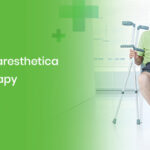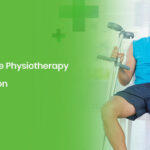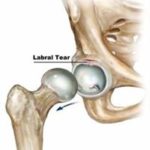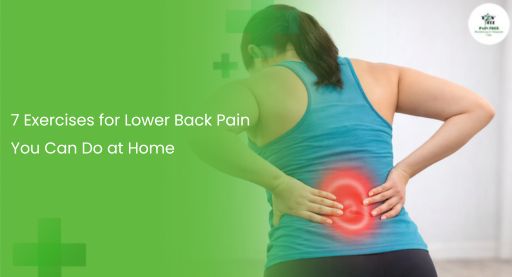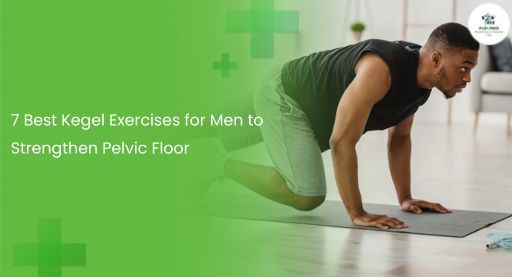What are the 5 pillars of geriatric patients?
Aging isn’t always a smooth ride, it comes with its fair share of bumps, aches, and hurdles. That’s where geriatric physiotherapy steps in, offering seniors a chance to hold on to strength, mobility, and independence. Far from being just about exercise, this therapy plays a key role in helping older adults bounce back from injuries, recover after surgery, and simply enjoy their day-to-day life without being chained by physical limitations. Curious about the foundation of it all? Let’s dig into the five pillars of geriatric patients and see how they shape senior care.
The 5 Pillars of Geriatric Patients Explained
The healthcare of older adults isn’t built on guesswork, it’s based on five strong pillars that cover every angle of aging. These pillars form the backbone of senior rehabilitation and guide physiotherapists in creating the right treatment plan.
1. Cognitive Impairment
As people age, memory, focus, and processing speed may decline. Cognitive impairment ranges from mild forgetfulness to conditions like dementia. Therapy often integrates exercises that stimulate both body and mind, think memory games paired with movement, to help seniors stay mentally sharp.
2. Instability and Balance Issues
Falls are one of the biggest threats to elderly health. Instability often comes from weak muscles, poor posture, or neurological issues. Through balance training, gait correction, and posture exercises, therapy helps reduce fall risks and boosts confidence in movement.
- Walking drills with support
- Core-strengthening exercises
- Safe home setup advice
3. Immobility
When joints stiffen and muscles weaken, immobility sets in, making everyday tasks frustrating. This pillar focuses on keeping seniors physically active through strength training, stretching, and mobility exercises. Restoring movement is like handing someone back their independence.
4. Incontinence
It’s a topic not often talked about, but incontinence, loss of bladder or bowel control, affects many seniors. Beyond medical care, physiotherapy plays a role through pelvic floor exercises, breathing techniques, and muscle training to improve control and reduce discomfort.
5. Iatrogenic Problems
This pillar refers to complications caused by medical treatments, like side effects from medications, prolonged bed rest, or surgery after-effects. Physiotherapists work alongside doctors to minimize these risks, helping seniors recover faster and maintain function.
Why Are These Pillars Important?
Together, these five pillars, cognitive impairment, instability, immobility, incontinence, and iatrogenic problems, paint a full picture of elderly health. Addressing them ensures seniors aren’t just surviving, but thriving. And here’s where geriatric physiotherapy ties in beautifully, it supports each pillar through tailored therapy, making life less about limitations and more about possibilities.
Beyond the Pillars: The Role of Senior Rehabilitation
Aging doesn’t hit pause, but therapy gives seniors tools to keep moving forward. From post-surgical recovery to arthritis management, elderly care therapy builds resilience, independence, and quality of life.
Some added benefits include:
- Better sleep cycles
- Reduced dependency on painkillers
- Improved coordination and reflexes
- Stronger social connections
FAQs
What are the 5 pillars of geriatric patients?
The five pillars are cognitive impairment, instability, immobility, incontinence, and iatrogenic problems.
Is physiotherapy good for elderly people?
Yes. It restores strength, balance, and flexibility while lowering risks of falls and pain.
Can elderly patients recover quickly with therapy?
While recovery varies, therapy speeds up healing and improves daily functioning.
Does therapy help with arthritis in seniors?
Absolutely. Targeted exercises and joint care reduce stiffness and pain.
How often should seniors do physiotherapy exercises?
Most benefit from 2–3 guided sessions weekly, paired with simple home routines.
Conclusion
When it comes to aging, there’s no one-size-fits-all solution. Every senior’s journey is unique, yet the five pillars of geriatric patients, cognitive impairment, instability, immobility, incontinence, and iatrogenic problems, act as a universal roadmap. They remind us that elderly care isn’t just about tackling pain or stiffness, but about embracing the whole person, their mind, body, emotions, and daily life.
This is where geriatric physiotherapy shines. It doesn’t simply patch up problems after they appear. Instead, it offers a proactive, empowering approach that helps seniors walk with confidence, think with clarity, and live with dignity. From improving balance and preventing falls, to restoring mobility and encouraging independence, physiotherapy touches every pillar in some way.

